Daal! (Pulses) You Dont Know By Name

Lentils (Daals) are a staple food of Indian diet. Almost every Indian home cooks daal in one of the meal. I have grown up eating daal chawal for ages now, this combination is a hit among kids & it was a fix item at lunch in our house.
You will not be surprised that Daals are not only delicious to eat but also packed with massive protein punch and that’s just the start! Just one cup of cooked Daal can give you as much as 62 per cent of your daily dietary fibre requirement! Daals also have high levels of important minerals like manganese, phosphorous, pottasium, iron and copper. They are high in folates and the B-vitamins like Thiamin..aaah isn’t it too much! Well I guess these are good enough reasons to include daal in your daily routine.
Indian daals/pulses are usually available in three types: the whole pulse, the split pulse with the skins on, and the split pulse with the skins removed.
Dal is often translated as “lentils” but actually refers to a split version of a number of lentils, peas, chickpeas (chana), kidney beans and so on. If a pulse is split into half, it is a dal. For example, split mung beans are mung dal.
You know my mom always called every daal by name to make us aware of the name of daals with their colour, but most of us generally recognise & call daals by their colour; yellow daal, black daal, red daal etc.. It’s is really a task to remember every daal by its name & differentiate one daal from another. To help those in a similar predicament, here are pictures of the most commonly used and popular Indian daals.
Chana dal
The words “chana dal” mean “split chickpeas.” (Chana gram is a whole chickpea). The most popular legume in India. Chana dal is a very versatile dried split yellow lentil with a slightly sweet taste, nutty flavor. It is used in variety of vegetable dishes. It can be cooked until soft for the dish called simply dal (yellow dal), or as in southern India it can be used as a spice in sambhar, chutneys, rasam etc..
Tur dal/Toor Dal/Tuvardal/Toovhar dal
Toor Dal is a glassy dark yellow split pea (pigeon pea), similar to chana dal. Toovar daal exhibits a thick sticky consistency. They take a little longer to cook than moong or masoor dal but less time than chana daal. These yellow split peas can be made into dal which is served with side dish of vegetables, rice or flat breads. The South Indian delicacy, sambhar which is an accompaniment for dosa, idli or even rice is cooked with toordal.
Urad Dal (whole and Split)
Also called black beluga Lentils.These lentil-like beans have black skins covering creamy white interiors. Whole urad dal/dahl derives their strong, rich, earthy flavour from the black skins and has an uncanny ability to absorb flavours. Split and without the skin Urad dal is a white lentil used along with rice to make dosas, the crisp pancakes of southern India and other Rice preparations. In South India, Urad dal is used as a seasoning with mustard seeds for curries.
Mung dal/Moong Dal (whole and split)
Whole moong is actually a bean or pulse and is known as ‘sabat moong’. They are small green beans fairly used in India, China, Thailand and Japan. Sprouted they are used in salads or stir fries with lemon juice or vinaigrette.
In India Moong dal is used, which is split moong beans with the skin left (green skin yellow lentil) on or without the skin(yellow lentil). It is used to make delicious dals and curries. Moong lentils in particular is very easy to digest and take on seasonings and spices very well.
Masoor Dal
While whole, this bean is greenish-brown, even though they can be prepared whole (masoor beans) Indian recipes often call for the skinned and split masoor, which is called masoor dal. Skinned split Masoor beans are actually called red lentils (orange in color). They have a dark, earthy flavor and a creamy texture. These lentils pair well with tomatoes and kheema/mince meats, sausages, and may be served on their own as a side dish, or incorporated into soups, stews, salads and Indian dal.
So now you all know them by name, here is a quick summary of how to cook them;
| BEAN | COOK TIME | PRESSURE COOKER TIME | WHISTLES | SLOW COOKER | SOAK |
| Mung, whole | 60 to 70 minutes | 8 to 10 minutes | 5 | low 5 to 6 hours | 4 hours (optional) |
| Mung, split with skin | 20 minutes | 6 to 7 minutes | 3 | low 3 to 4 hours | optional |
| Mung, split | 20 minutes | 6 to 7 minutes | 3 | low 3 to 4 hours | optional |
| Urad, whole | 60 to 70 minutes | 10 to 12 minutes | 6 | low 5 to 6 hours | 4 hours (optional) |
| Urad, split with skin | 30 minutes | 8 to 9 minutes | 4 | low 4 to 5 hours | 30 minutes (optional) |
| Urad, split | 30 minutes | 8 to 9 minutes | 4 | low 4 to 5 hours | 30 minutes (optional) |
| Garbanzo, brown | 70 to 90 minutes | 20 minutes | 8 | low 8 to 9 hours | 8 hours to overnight |
| Garbanzo, white | 70 to 90 minutes | 20 minutes | 8 | low 8 to 9 hours | 8 hours to overnight |
| Garbanzo, split (channa dal) | 60 to 70 minutes | 15 minutes | 7 | low 7 to 8 hours | optional |
| Masoor, whole | 40 to 45 minutes | 7 to 9 minutes | 7 | low 7 to 8 hours | optional |
| Pigeon Pea, whole | 70 to 90 minutes | 15 to 20 minutes | 8 | low 8 to 9 hours | 8 hours to overnight |
| Pigeon Pea, split (tuver dal) | 30 to 40 minutes | 7 to 9 minutes | 5 | low 5 to 6 hours | 30 minutes (optional) |
| Adzuki, whole | 60 to 70 minutes | 15 to 20 minutes | 6 | low 6 to 7 hours | optional |
Tips: If improperly stored, Daals can easily get insects in them and spoil, so buy moderate amounts (about 1 kg each) and store in airtight containers.
Articles You May Also Like
Recipes You May Also Like
No comments yet
Leave a Reply
You must be logged in to post a comment.
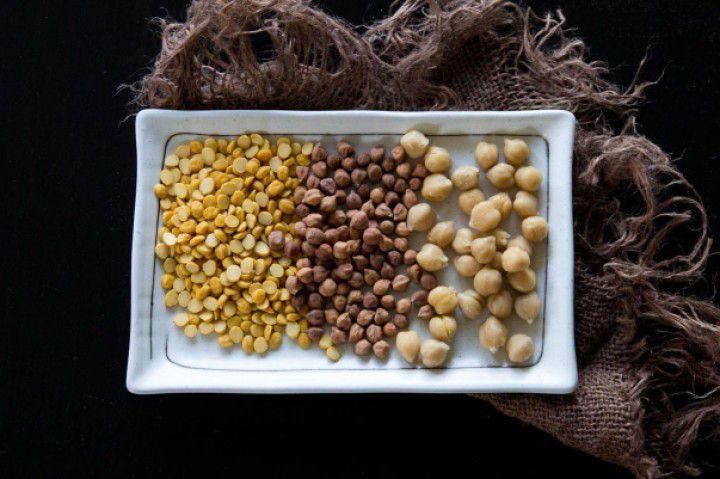
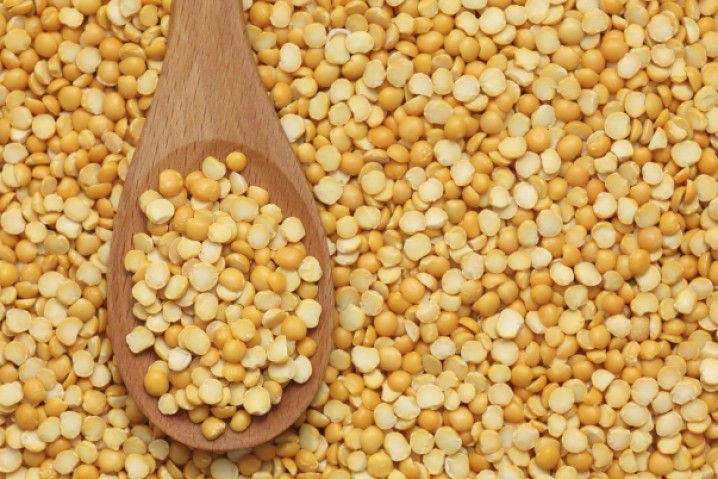
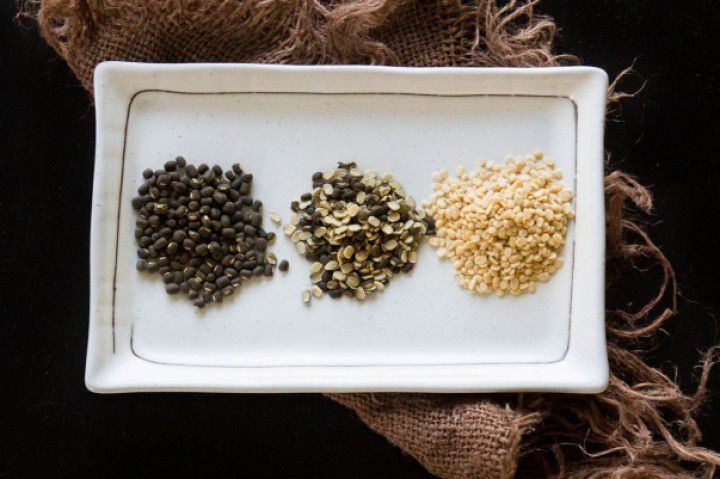

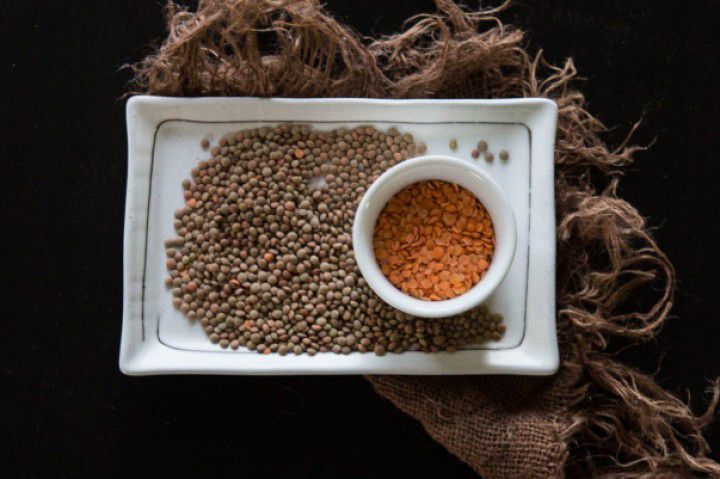
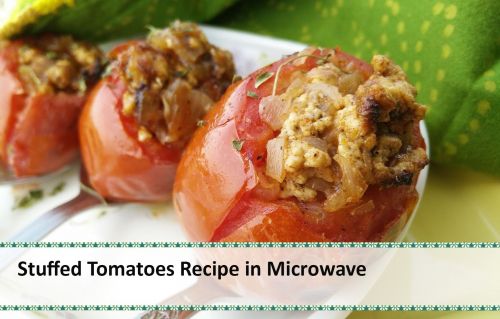
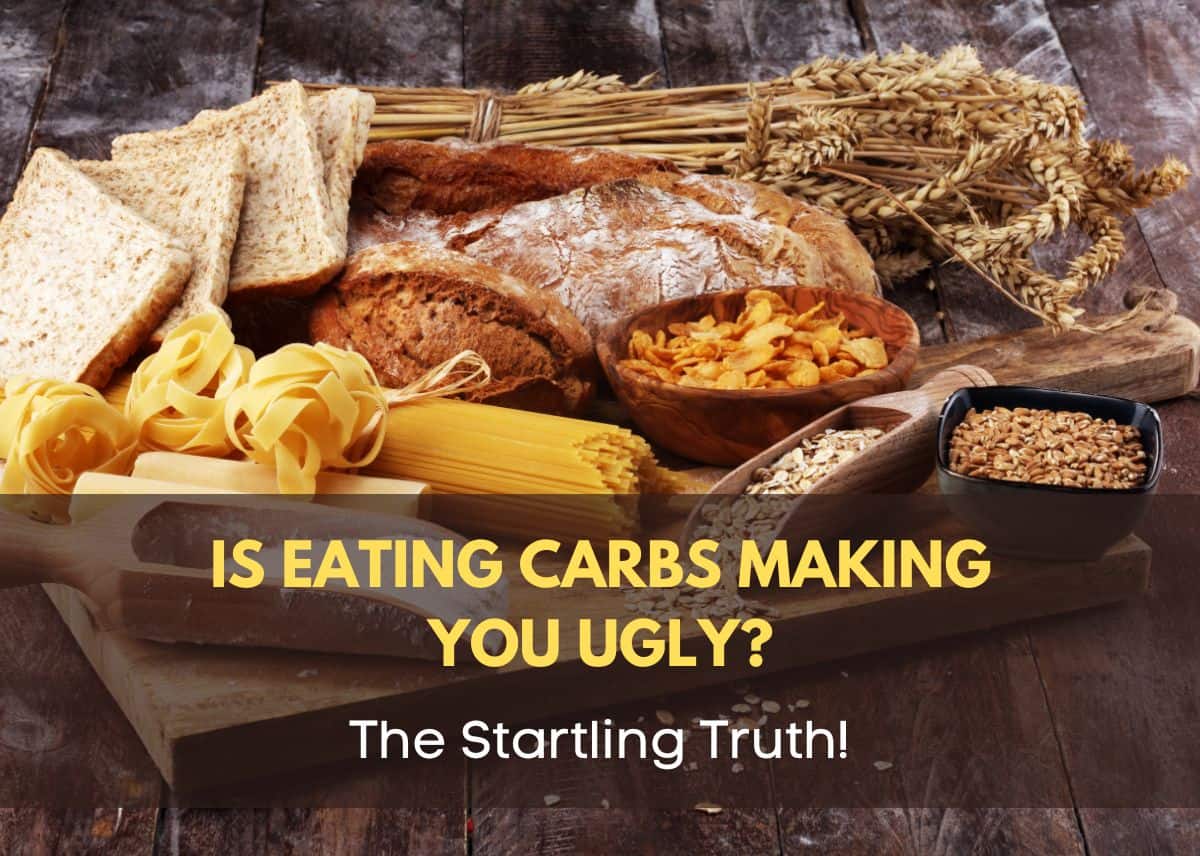


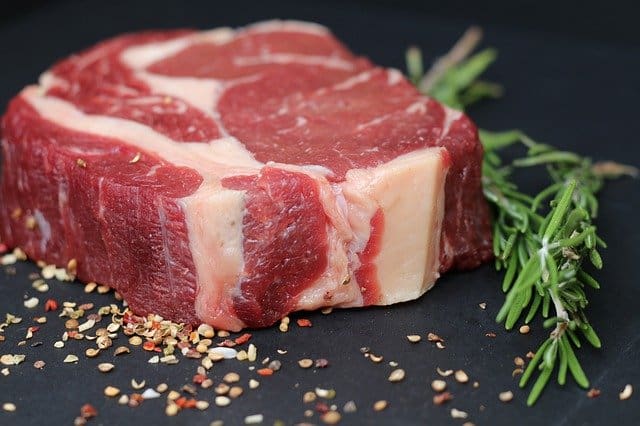

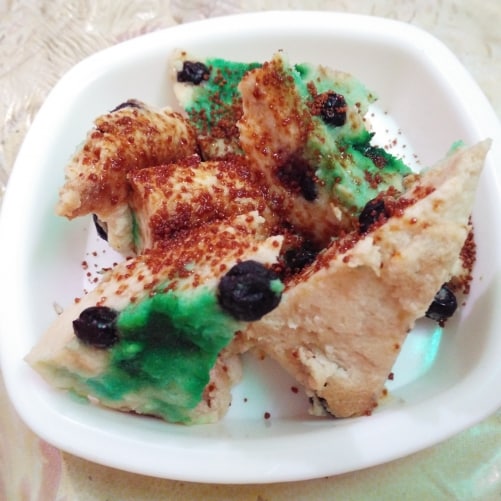
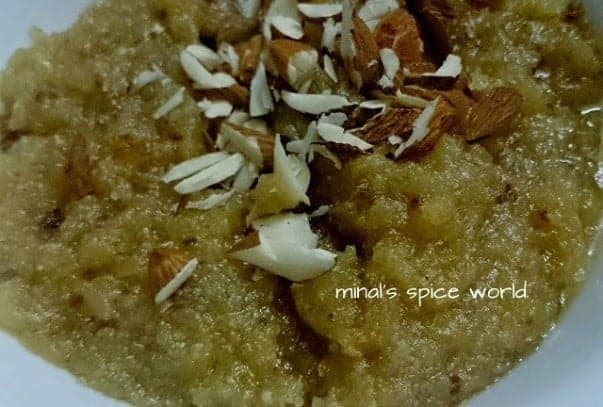
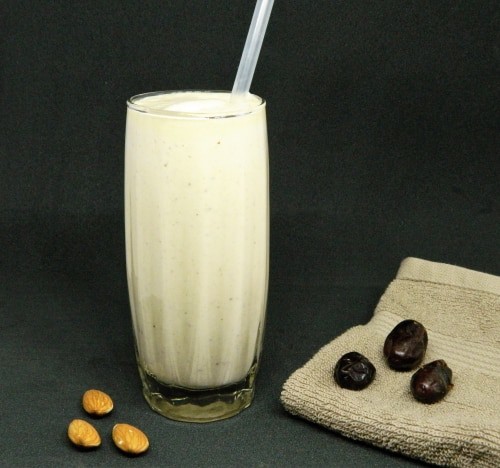
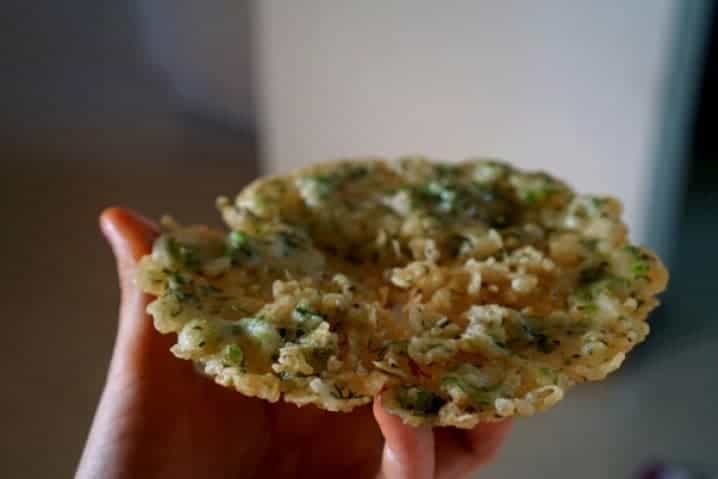
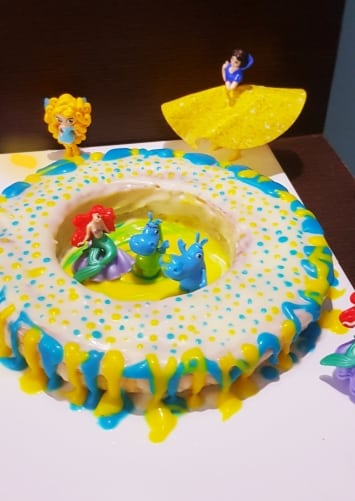
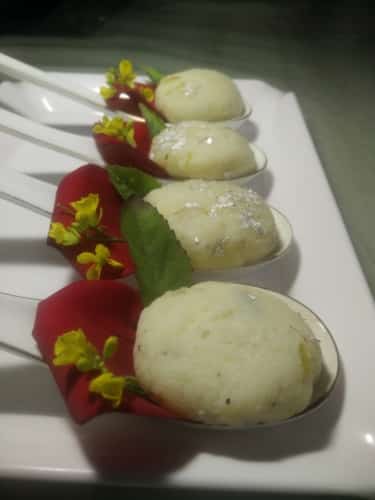

This is an amazing and very very informative article. Even I don’t know all the names. The pics which you have posted are just amazing as they help us to distinguish between them.